#16 The Biggest Grift of All (2000)
As the 20th century came to an end, Semion Kislin helped funnel a torrent of Russian flight capital into Trump real estate just when the future president desperately needed a bailout.
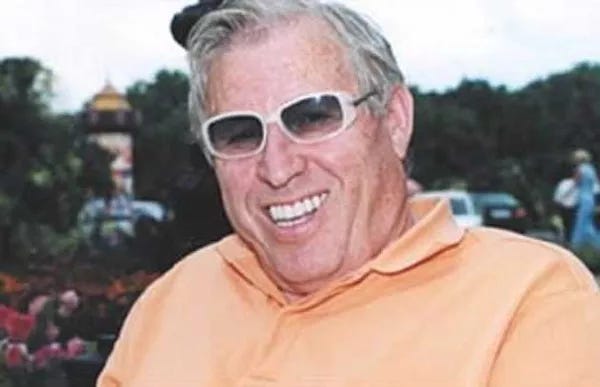
Of all the figures in seamy world of Donald Trump, Semion “Sam” Kislin may be one of the more obscure, but it’s hard to think of anyone who did more to help bail out Donald Trump when he really needed it.
The Kislin saga is part of the Trump story that most Americans overlook. Presumably, that’s because there are so many Russian names and convoluted transactions.
If you want it simplified, you must understand that it is really only about one thing: Money.
After building at least one too many casinos in Atlantic City, Donald Trump desperately needed money because he had so many bankruptcies that no American bank would touch him. At the same time, the Soviet Union had collapsed, and attempts to create a market economy had devolved into the creation of a Mafia state. As a result, thousands of Russians were looking for a safe haven to stash their money.
Enter Semion Kislin who provided a mechanism for Donald Trump’s real estate empire to tap into the immense fortune in flight capital fleeing Russia.
Kislin, as I reported in 1980 Former Soviet Agent: How Trump Was Lured into the KGB’s Web, was the co-owner of Joy-Lud Electronics, a store that served the only people allowed to travel abroad under the Soviet system: diplomats, KGB officers, and Politburo members, all of whom bought their electronic equipment there before returning to the Soviet Union.
In other words, Joy-Lud was essentially a KGB front. So when Kislin sold hundreds of TV sets to Trump for the Hyatt Grand Central some 45 years ago, he was effectively luring Trump into the orbit of Soviet intelligence operatives.
Kislin has denied having any relationship with the KGB or any other Soviet entities. But even today, at the age of 90, he occasionally surfaces in the limelight in a way that suggests he is acting as a Russian operative. Indeed, as recently as April 27 of this year, Kislin said that the White House was paving the way to oust Ukrainian President Volodymyr Zelensky and replace him with someone more congenial to Moscow. "Trump told me personally, I am a witness: Zelensky must go," Kislin said in an interview with the Russian broadcaster NTV.
Kislin added that even though the Trump White House assumed that Zelensky would cling to power until the last minute, they were already preparing his replacement. “It will be a woman,” Kislin said. “We are preparing her. She is a deputy in Ukraine. Many people know her. Anna Konstantinovna Skorokhod, 35 years old, a lawyer by education, a deputy of the Verkhovna Rada. I know this woman. I was introduced to her, they brought her to New York , they brought her to my home, I met her. She is a truly competent and free woman who wants to become president.”
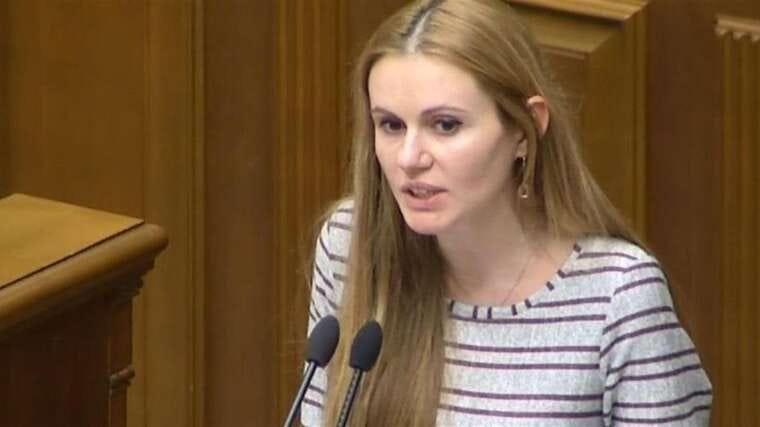
Kislin’s assertions notwithstanding, the specter of Skorokhod succeeding Zelinsky seems quite remote thanks to her presence in the midst of a number of scandals. Although she was elected to serve in the Rada as a member of Zelensky’s Servant of the People Party, according to Fakty, a Ukrainian publication, Skorokhod was soon expelled from the party for attempting to bribe other deputies. After that, she regularly appeared on pro-Russian channels where she promulgated pro-Russian narratives. In addition, Fakty reported that Skorokhod’s former husband, Aleksey Alyakin, who recently changed his surname to Levosky, owed 700 million rubles as the result of a banking scandal for which he has been charged with fraud and put on the Interpol wanted list.
Kislin was not alway so close to the powers that be. As I reported in The Late 90’s A Gangster’s Paradise, Kislin, along with his partner, Tamir Sapir, were the archetypal Russian émigrés who arrived in the U.S. with the proverbial three dollars in their pockets and somehow became billionaires—or close to it. Kislin’s wealth could be attributed largely to Trans Commodities, Inc., a company he launched in 1992 that became a leader in the commodities market, and eventually brought in over $400 million a year in revenues.
Kislin’s success, of course, like that of other wealthy Russian émigrés, could not have been achieved without ties to the Russian Mafia and Russian intelligence, as a result of which the FBI, not surprisingly, labeled Kislin an associate of a Russian organized crime and a Brooklyn-based money-laundering ring.
As I explained it in American Kompromat:
According to [Yuri] Shvets, [a former major in the KGB who defected to the U.S. in the Nineties], Kislin was recruited on the eve of his emigration from the Soviet Union in 1972 by the Odessa field office of the KGB, which had a special “Jewish department” to oversee the recruitment of Jews from Odessa who wanted to emigrate from the Soviet Union. “I spoke to a two-star general who had worked there at the time,” Shvets told me, “and he said many of the Jews who were immigrating signed papers saying they would cooperate with the KGB. It was almost an ultimatum. If you want to immigrate, you agree to cooperate. You sign the pledge to cooperate with the KGB. And Kislin was one of those recruited.”
Once he was in the FBI’s crosshairs, Kislin donated $46,000 to Rudy Giuliani’s 1993 and 1997 successful mayoral campaigns, in return for which Giuliani gave him a seat on the Mayor’s Council of Economic Advisors for New York City.
As Shvets noted, forging ties with Giuliani made for excellent protective cover. “Kislin felt vulnerable,” he told me, “especially after he became an FBI target. He knew he was being investigated and needed some kind of protection. And this is what brought him to Giuliani. He invested money into Giuliani’s campaign, and then Giuliani made him an adviser. It was a very smart move.”
But that was not the end of it. Kislin had a low profile and was rarely in the press, but he was perfectly positioned to bring together two powerful forces in a newly created underground economy. On the one hand, the disintegration of the Soviet Union had opened a fire-hose-like torrent of hundreds of billions of dollars in flight capital that began to pour forth from oligarchs, wealthy apparatchiks, and mobsters in Russia and its satellites. On the other hand, Donald Trump’s zeal to sell condos to shell companies, no questions asked, meant that Russians could launder vast amounts of money while hiding their personal identities.
What could be simpler? In all of the Western industrialized world, only two nations, the UK and the US, allowed anonymous ownership of real estate. In New York City, only two buildings allowed it—and one of them was Trump Tower. That meant the beneficial ownership of all this real estate could be hidden not just from the general public and investigative reporters, but from authorities who were supposed to protect America, like the FBI and the CIA. Moreover, money laundering could be done discreetly on a massive scale. According to the Financial Times, roughly $300 billion per year was being laundered through real estate in the United States alone, most of it from Russia.
Let me repeat that: Roughly $300 billion per year was being laundered through American real estate—most of it from Russia— and almost no one knew about it.
So, in 1998, when Trump was on the ropes thanks to his debacles in Atlantic City, Semion Kislin came to the rescue by bringing in buyers for condos in Trump World Tower, the seventy-two-story building overlooking the United Nations that was briefly touted as the tallest residential building in the world. (As with other buildings he developed, Trump deliberately mislabeled the number of floors in Trump World Tower—he said there were 90 floors— to make people think it was higher than it really was.)
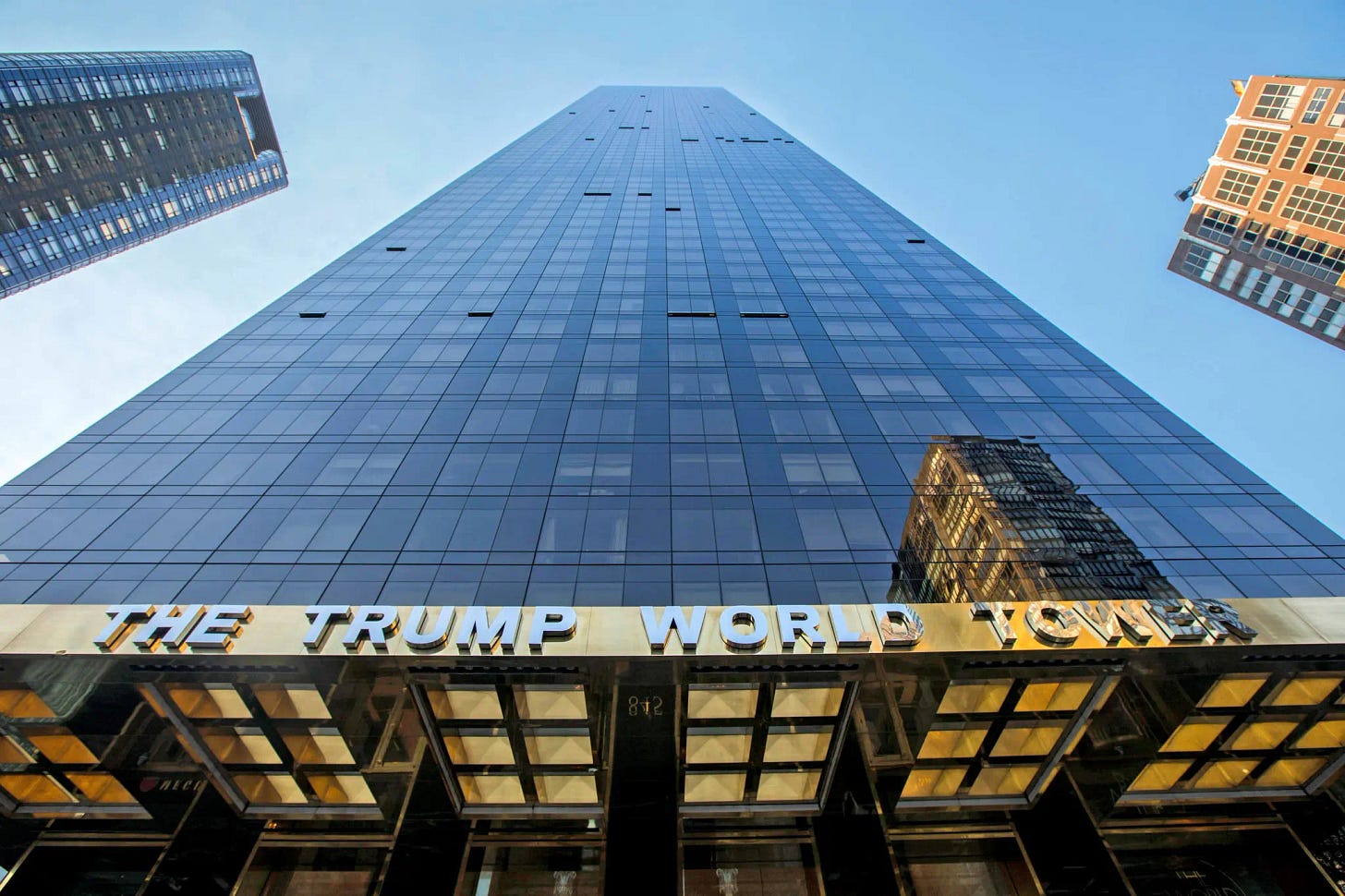
Before long, one-third of the units on the buildings’ priciest floors—seventy-six to eighty-three—had been snatched up by buyers from the former Soviet Union, or by limited liability companies connected to countries that had been part of the Soviet Union.
As Bloomberg reported, many of the most expensive apartments on the top floors went unsold for years, but early buyers such as presidential advisor Kellyanne Conway and Michael Cohen, Trump’s personal lawyer, won the future president’s deep loyalty—at least temporarily.
In any case, the Russians loved it. “We had big buyers from Russia and Ukraine, and Kazakhstan,” said Debra Stotts, a sales agent who filled up the tower. On the 78th floor, there was a Russian who allegedly had mob ties. Just upstairs, on the 79th, there was Eduard Nektalov, a jeweler from Uzbekistan who was the subject of a money laundering investigation, and ended up being shot down in a cold-blooded execution on Sixth Avenue in Manhattan. Nektalov happened to be a distant cousin of Lev Leviev, an Israeli-Russian Jew who was known as ‘the king of diamonds’ in the diamond industry, and had close ties to Vladimir Putin.
Trump desperately needed the big spenders. As Bloomberg reported, the new tower was built on an immense mountain of debt. At the time, Trump was renegotiating $1.8 billion in junk bonds for his Atlantic City resorts. As Trump wrote in The Art of the Comeback, “It crushed my ego, my pride, to go hat in hand to the bankers.”
Kislin was a major figure in making sure that Russian money came to the rescue. He even went so far as to finance mortgages for many of the buyers—a highly unusual practice for an individual. In a sense, he had become Donald Trump’s bank. Among those Kislin provided mortgages to was Vasily Salygin, a rising figure in Ukraine’s pro-Putin Party of Regions, who bought an 83rd-floor apartment. Salygin happened to be in office at the same time Paul Manafort had become the chief political consultant to Salygin’s pro-Putin Party of Regions. (Manafort, of course, later became Trump’s campaign manager.)
Trump seemed to have no problems with cultivating a Russian client base. In 2002, Sotheby’s International Realty teamed up with Kirsanova Realty, a Russian company, and staged a reception to clients in Moscow. The event took place at Moscow’s swanky Hotel Baltschug Kempinski, that happened to be owned by Semion Mogilevich, the so-called “Brainy Don” of the Russian Mafia.
Trump World Tower, and its ties to Russian customers, ended up becoming a model for future Trump-branded towers and other developments to attract customers from Russia —with money drawn from sales in Moscow. According to a 2017 report by Reuters, at least 63 people with Russian passports or addresses bought at least $98 million worth of property in seven Trump-branded towers in southern Florida.
And that was not the end of it for Kislin, who, later on, helped Trump out by lobbying his Ukrainian friends to dig up dirt on Hunter Biden during the 2020 election.
Cast of Characters
Semion “Sam” Kislin
Ukrainian émigré and co-owner of Joy-Lud Electronics, a Manhattan store frequented by Soviet diplomats and KGB officers. Around 1980, he sold Trump around 200 TVs for the Commodore Hotel. Ex-KGB officer Yuri Shvets described Kislin as a spotter agent—someone who identified potential KGB assets. The FBI later linked him to a Russian mobster, though Kislin denies any mob ties.
Semion Mogilevich.
The so-called “Brainy Don” of the Russian Mafia, Mogilevich, is a billionaire best known for his money laundering wizardry. He was on the FBI’s Top 10 Most Wanted List and put former FBI Director William Sessions on his payroll in the mid-2000s.
Yuri Shvets
Former KGB major based in Washington, D.C. in the 1980s. Now a U.S. citizen, Shvets has provided key insights into Soviet asset recruitment. He identified Trump as having been cultivated as a “special unofficial contact” by the KGB—a status given to high-value individuals.
If you have tips, leads, or insights, please reach out—I am always looking for new information. And don’t forget to comment and share your thoughts!
For the complete story on how Trump became a Russian asset, buy House of Trump, House of Putin and/or American Kompromat. And don’t miss my latest book, Den of Spies!
House of Trump, House of Putin
The Untold Story of Donald Trump and the Russian Mafia
American Kompromat
How the KGB Cultivated Donald Trump, and Related Tales of Sex, Greed, Power, and Treachery
Den of Spies
Reagan, Carter, and the Secret History of the Treason That Stole the White House



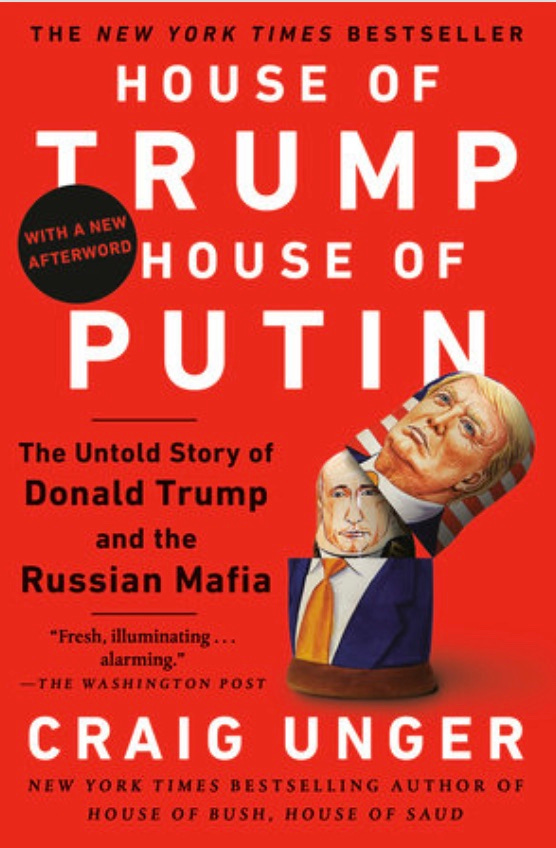
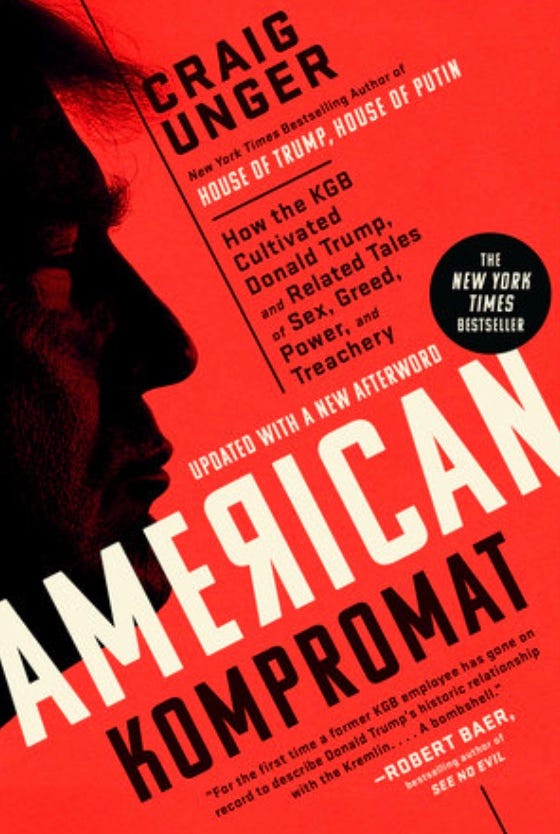

Far too many people know nothing of Trumps Russian ties, I keep telling them to read your books… thanks for sharing this, I hope it will open the eyes of many here on Substack Craig!!
With all of this verified information out in the open, how in the world is Trump not behind bars????? And SCOTUS granted him immunity for transactions that are part of his official “job.” But money laundering, insurrection, grift, leaking classified information, etc., are NOT part of his official job — quite the opposite! He and his accomplices should be rounded up and removed from office. What a travesty!